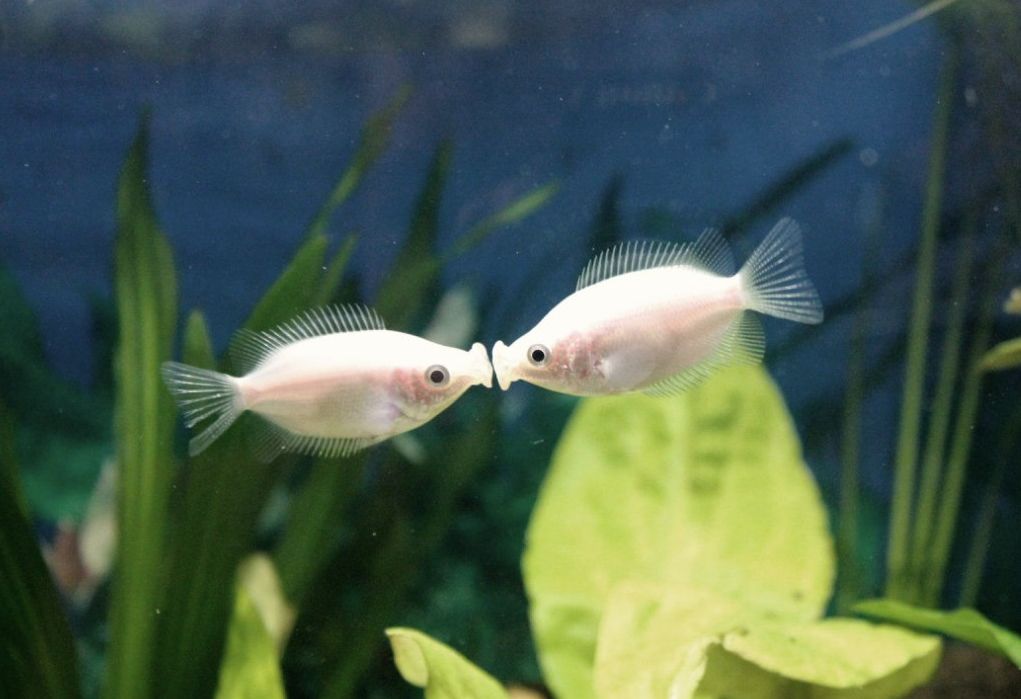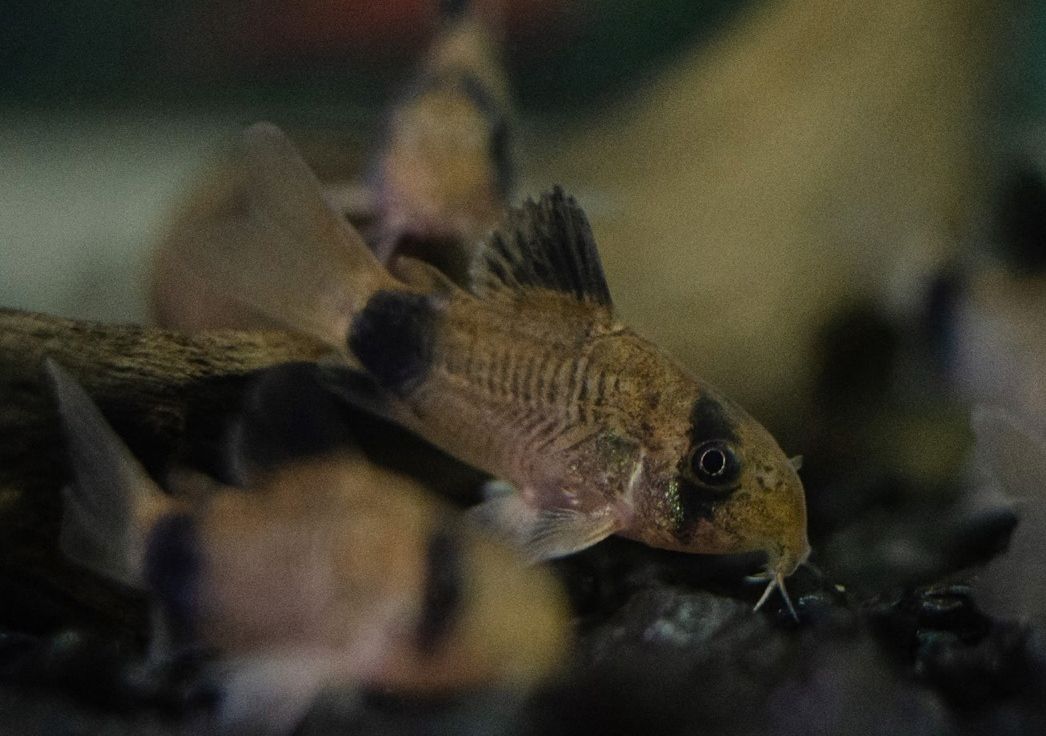The kissing gourami is not particularly vibrant in color, but its behavior is truly fascinating. The name “kissing gourami” comes from its unique mating display, where two fish face each other and swim slowly in tandem. During this dance, their mouths touch briefly, resembling a kiss. This interaction is often a courtship ritual, showcasing the fish’s social nature and providing insight into their breeding behaviors. Observing this behavior can be a delightful experience for aquarists and fish enthusiasts alike.



